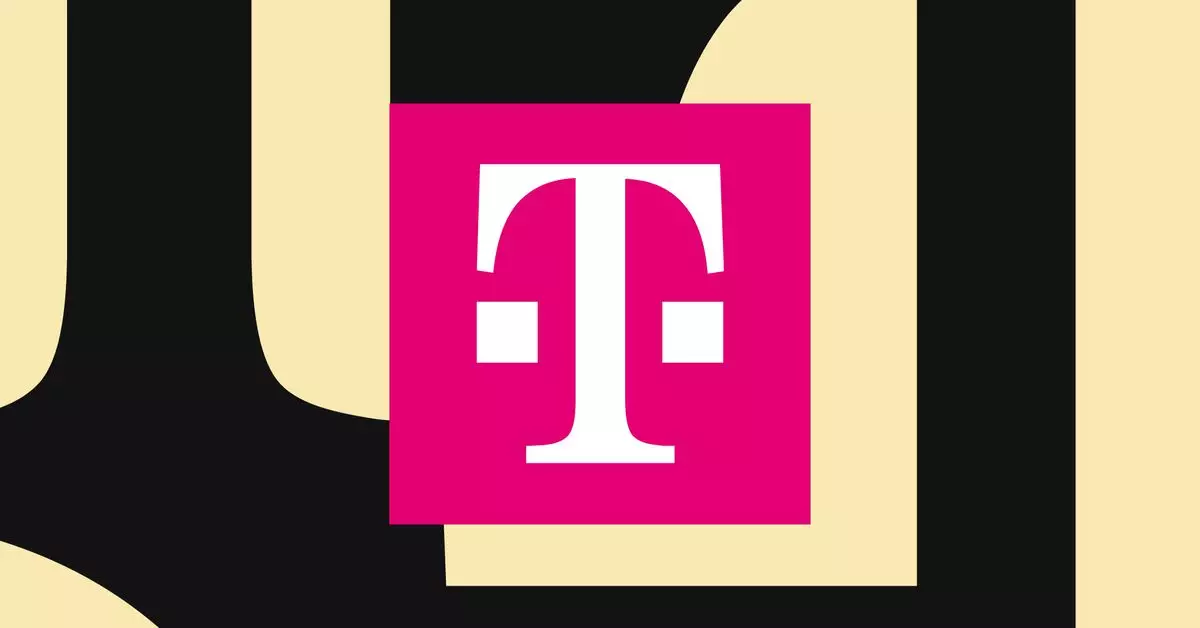In an innovative partnership, SpaceX and T-Mobile have recently received provisional approval from the Federal Communications Commission (FCC) to set up a direct-to-cell service using Starlink satellites. This groundbreaking initiative is aimed at aiding communication in areas critically affected by Hurricane Helene, particularly in North Carolina. With communication infrastructures severely compromised due to the hurricane’s devastating impact, this move represents an important step in ensuring that emergency alerts and services reach the affected populace swiftly and effectively.
As the aftermath of Hurricane Helene unfolded, the repercussions were felt across the southeastern United States, with North Carolina experiencing significant “blackout zones.” These poorly connected areas left residents cut off from news and essential emergency updates, heightening the crisis. The immediate deployment of SpaceX satellites enabled broadcasting of emergency alerts to cell phones across various networks in the state. This service allows residents to receive crucial information, helping them navigate the dire circumstances of recovery and safety.
In an additional effort to enhance communication floods, the FCC has allowed limited testing of basic texting (SMS) services for T-Mobile customers across North Carolina. While this initiative serves as a glowing testament to technological advancements in disaster recovery, it operates under the caveat that the satellite infrastructure is still in its preliminary stages, and services will be rendered on a “best-effort” basis. This highlights the challenges and dependencies of emergency communication relying on growing but incomplete technological networks.
Despite the promise that this collaboration shows, there are inherent challenges that accompany it. Notably, significant opposition has emerged from major telecommunications providers such as AT&T and Verizon. These companies have raised concerns about potential signal interference caused by the Starlink satellites, which could disrupt their established cellular networks. The complexity of integrating a new communication technology into an already intricate system poses significant hurdles. While progress is essential in crisis response, balancing competing interests within the telecommunications landscape adds layers of complexity to the rollout of such innovative services.
The partnership between SpaceX and T-Mobile heralds a new era in how emergency communication can be facilitated in disaster-stricken areas. As they pioneer this satellite-based approach, the effectiveness of maintaining connectivity in emergencies could change the way society responds to natural disasters. While concerns from industry competitors remain valid and must be addressed, the initiative can potentially serve as a vital resource, ensuring that in times of crisis, individuals are not left isolated and without the means to access help. The ability to provide timely alerts and communication through advanced technology is not just an improvement; it represents a necessary evolution in disaster management and emergency response.


Leave a Reply